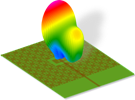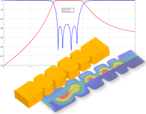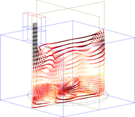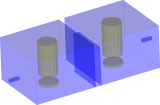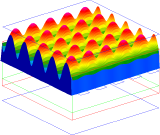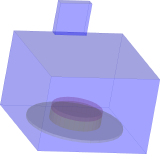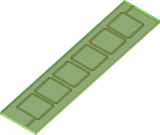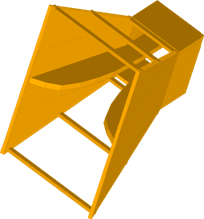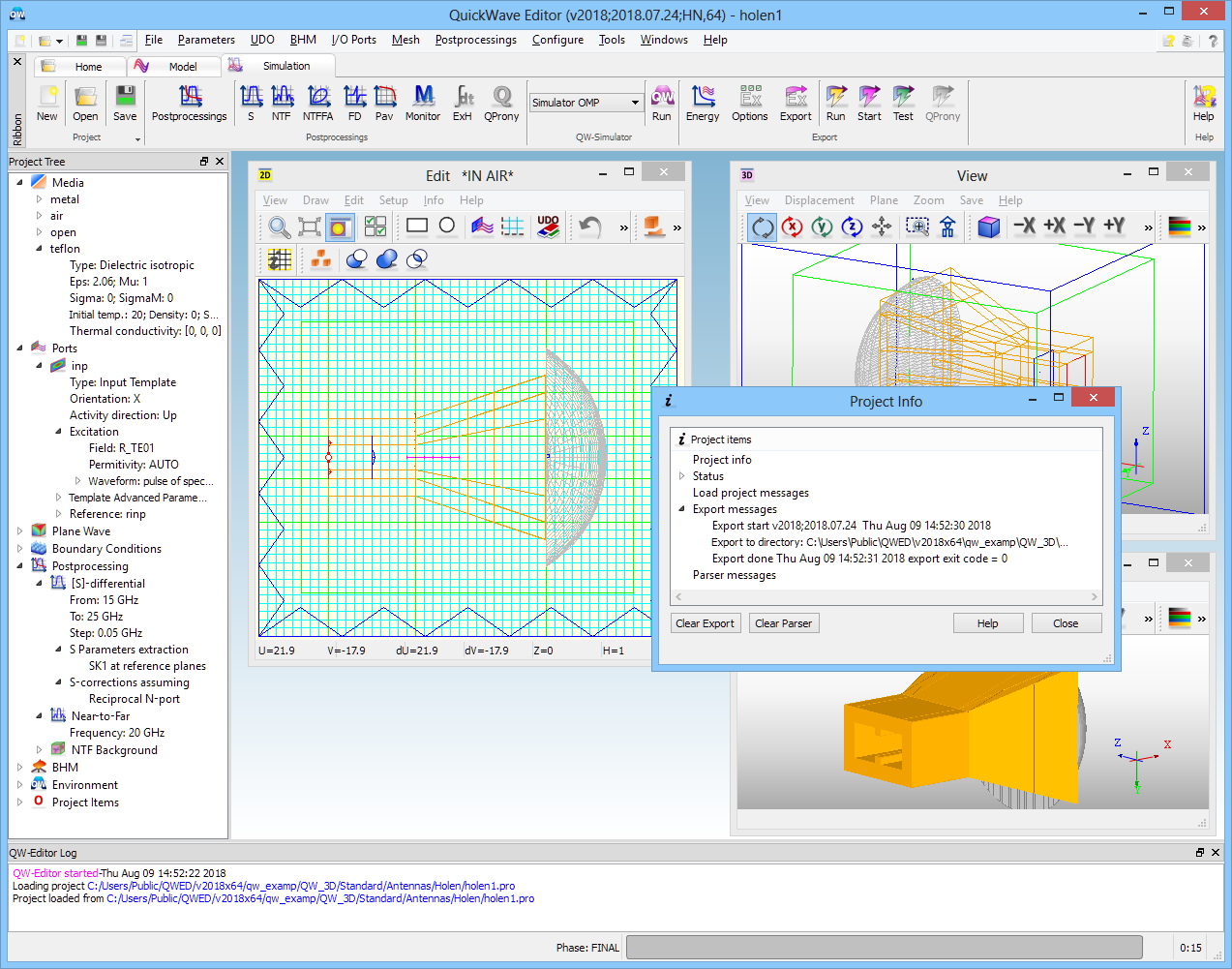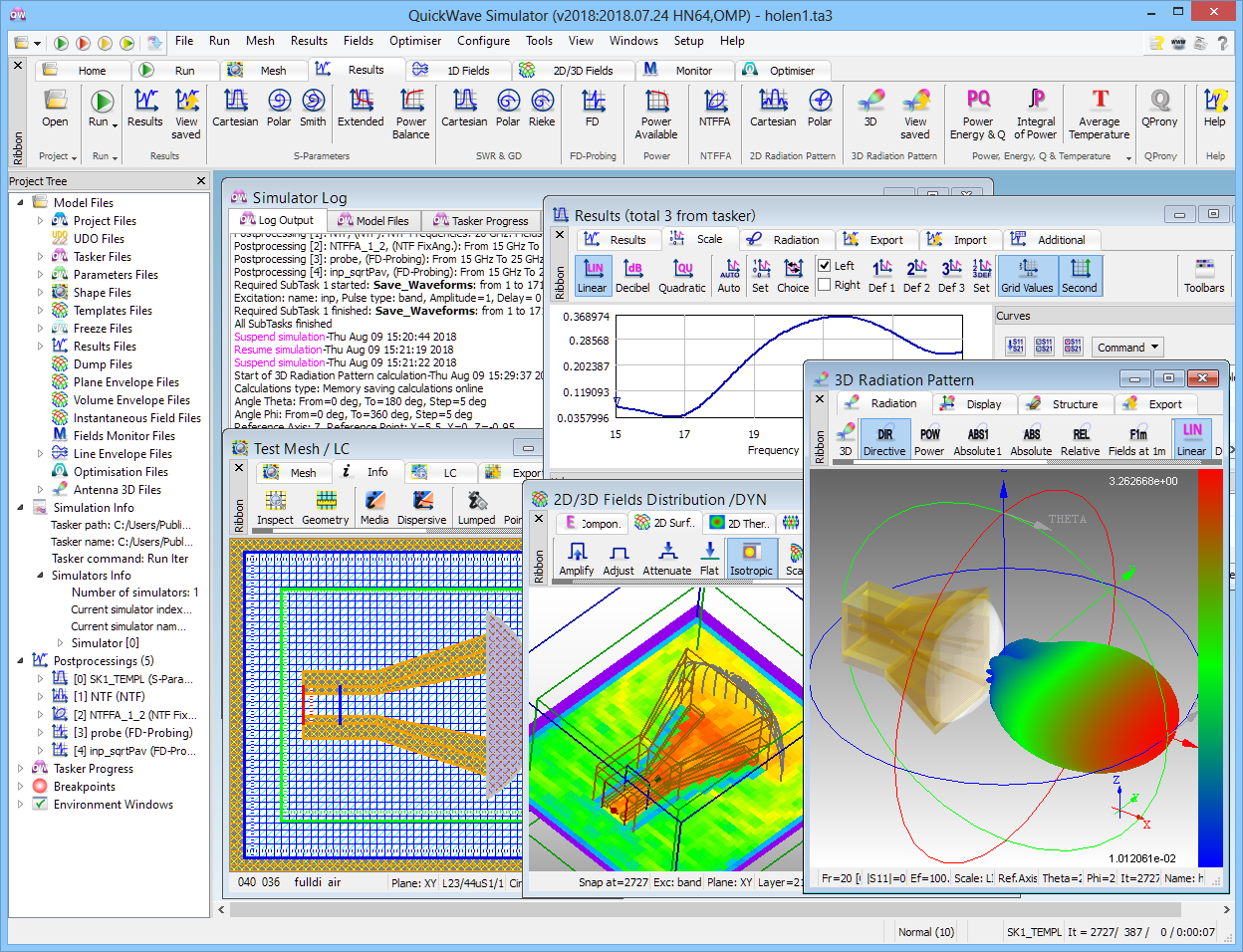•
accurate S-parameter calculations of shielded and open microwave and millimetre-wave circuits, also in cases involving dispersion, multimodal propagation, and evanescent modes, covering in particular the circuits manufactured in microstrip, coplanar, coaxial, cylindrical waveguide, and dielectric guide technologies
•
calculations of radiation patterns, gain, radiation efficiency, radiation resistance, and return loss of antennas of various types (patch, horn, rod), rigorously taking into account irregular geometry, complicated corrugations, and inhomogeneous filling
•
calculations of input impedance of mobile phone antennas and of specific absorption rate in human tissues
•
calculations of heating patterns for microwave power applications, with accurate and fast display of instantaneous, time-maximum, and time-averaged patterns of fields and dissipated power
•
determination of eigenfrequencies, Q-factors, and pure modal field patterns for shielded and open inhomogeneous resonators, also in cases involving closely-spaced modes
•
calculations of embedding impedance for lumped elements
•
calculation of scattering patterns with plane wave excitation



